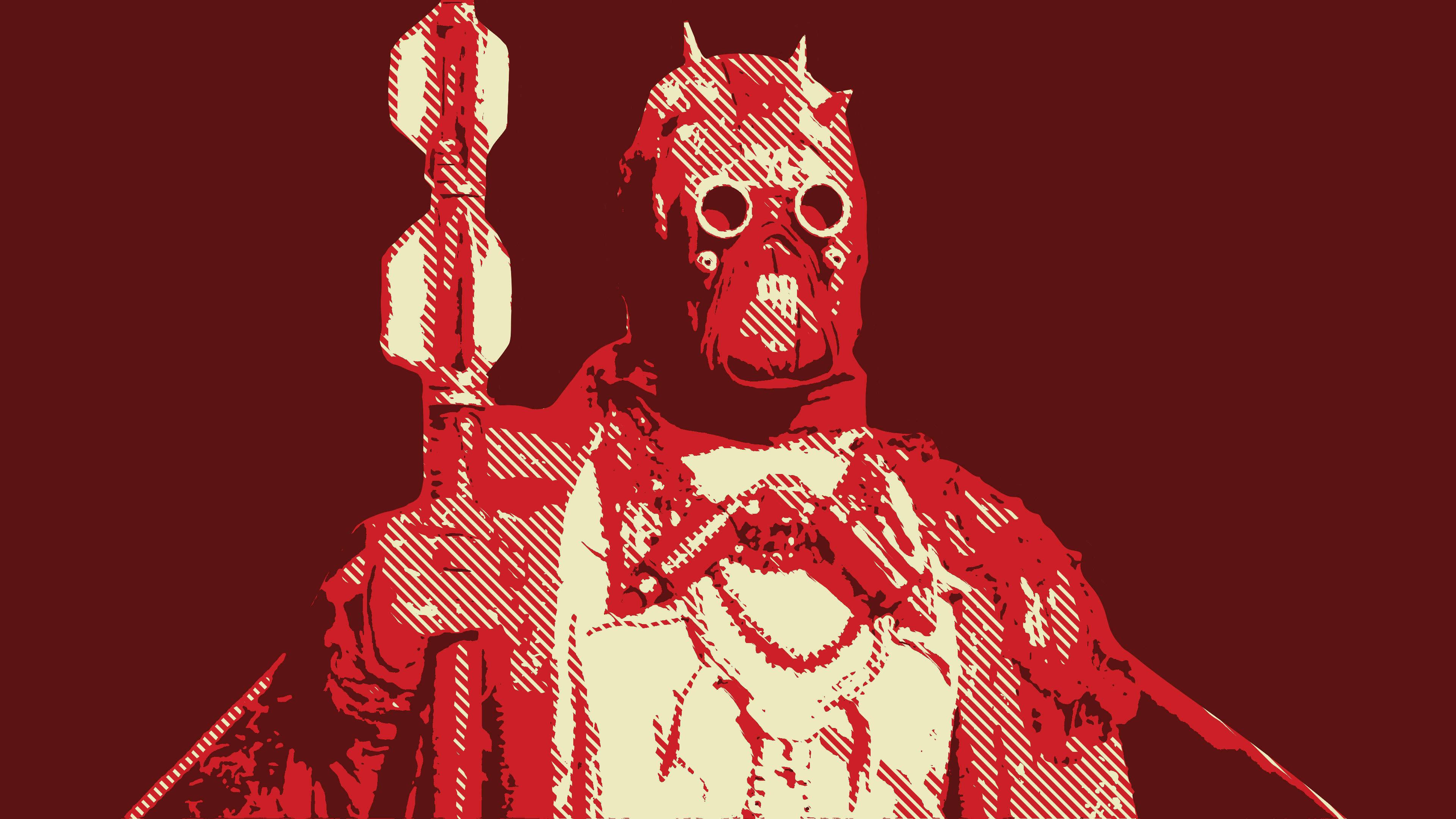
Most young Star Wars fans dress up like Luke, Rey, or maybe Darth Vader.
But Nizhóní Begay, a member of the Navajo tribe from Tucson, Arizona, saw herself in Greedo — the bounty hunter hired by Jabba the Hut who Han Solo infamously shot (first?) in A New Hope.
“I had to find my own self in Star Wars,” Begay tells Inverse. “Greedo’s dialect is similar to Quechua, so I took that to my Quechua grandpa, and he would laugh and agree it kind of sounds like jumbled Quechua.”
“I had to find my own self in Star Wars.”
Space may be a vacuum, but Star Wars doesn’t exist in one.
The franchise has always used elements of American culture in its stories — including the culture of America’s indigenous peoples. Ewoks, the native people of Endor, were named after the Miwok tribe of Native Americans who inhabited the Northern California area where the Endor scenes were filmed in Return of the Jedi.
And then there are the Tusken Raiders of Tatooine.
Ben “Obi-Wan” Kenobi and Luke Skywalker first encountered the Tusken Raiders (aka, “Sand People”) in Star Wars: A New Hope. They played a bigger role in the three prequels. They were seen picking off podracers in The Phantom Menace, and, in Attack of the Clones, Anakin slaughtered an entire Tusken tribe for murdering his mother.
“It was very disappointing to me — even more so with the prequels.”
But while the franchise has given the Tusken Raiders multiple appearances, it dismissed them as near-mute “savages” every time — until The Mandalorian
For Teiowí:sonte Thomas Deer, a citizen of the Kanien'kehá:ka (Mohawk) Nation, the indigenous stereotypes inherent in the way the Tusken people were portrayed were clear even before The Mandalorian.
“As much as I grew up loving Star Wars, when I was old enough to understand that the Tuskens were based upon Onkwehón:we (Indigenous) stereotypes, it was very disappointing to me — even more so with the prequels,” Deer tells Inverse. “The Tuskens were portrayed as wild savages bent on thievery and cruelty.”
Deer’s conclusion that the Tuskens are based on old, ugly stereotypes about Native Americans is a fair one. The Tuskens are indigenous to Tatooine, and their lands have been colonized by moisture farmers, pod racers, and crime lords. The Tuskens were also always portrayed as a faceless, mysterious group of people without any characteristics other than living in the Dune Sea. Along with the Jawas, they were painted as the vicious face of the desert, scavenging and enslaving whatever and whomever they encountered.
But in The Mandalorian, Pedro Pascal’s bounty hunter communicates with the Tuskens through sign language and convinces them to work with local villagers to defeat a giant Krayt Dragon.
Two years later, The Book of Boba Fett expanded on the Tuskens even further, depicting the tribal people as inheritors of a rich culture who save Boba’s life and accept him into their community.
Yet the Tuskens’ significant but brief role in The Book of Boba Fett raises an important question about representation for Indigenous Star Wars fans because, even though they’re portrayed in a more positive light, their portrayal is still rooted in white people’s stereotypes about indigenous people in the American West.
Considering that Star Wars is one of the biggest franchises in screen history, did The Book of Boba Fett handle this delicate subject well? The answer depends on the blurry definition of “good” representation, white savior tropes, how Indigenous people are usually treated in media, and even how race is discussed within the Star Wars fandom.
“No race in space”

“There's always people that'll say, There's no race in space,” longtime Greedo fan Nizhóní Begay says. “These people don't understand race, and race shouldn't affect their story because they have no context to what race means for us.”
Racial tropes have been present in the franchise from its earliest days — especially when it comes to the Tuskens. Early iterations of the Tuskens bore a much closer resemblance to Bedouin nomadic Middle Eastern peoples than to American indigenous people.
Ali Nahdee, an Anishinaabe Star Wars fan, describes seeing this resemblance up close at a special event at the Detroit Institute of Arts featuring original Star Wars costumes.
“The design of the Tusken Raider women was very burka-esque,” Nahdee says. The curator’s placard even read, ‘We realize now that this was probably kind of racial stereotyping and probably not the best design idea.’”
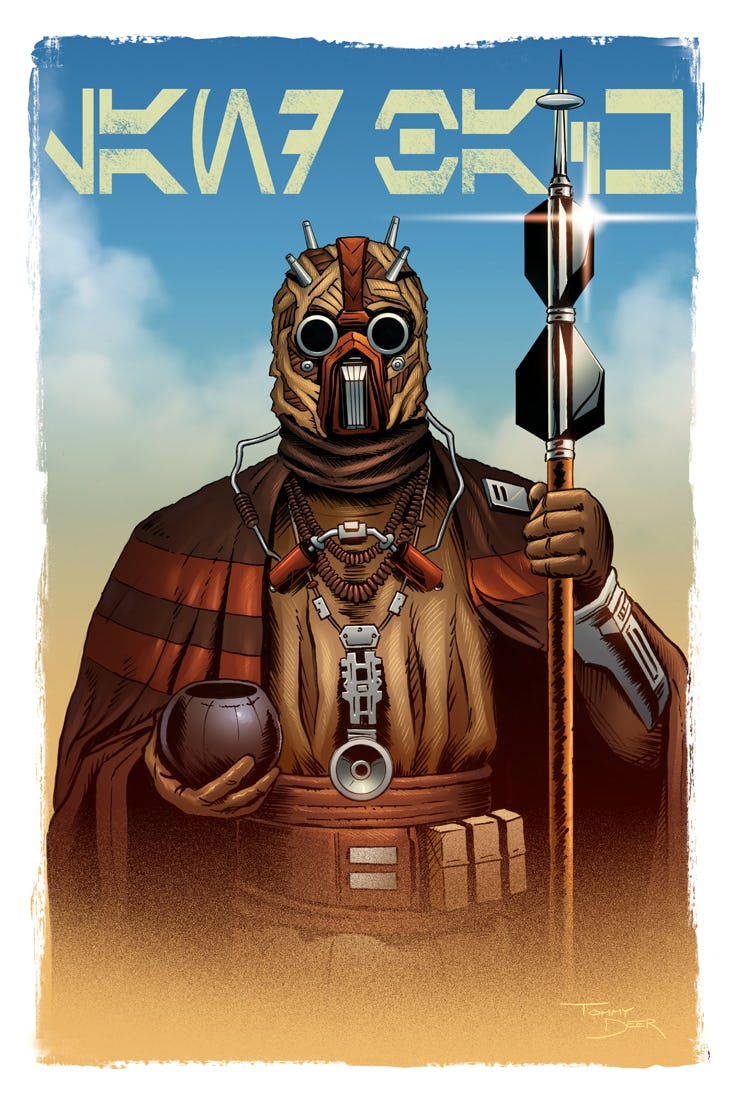
Today, there’s plenty of evidence of the indigenous parallel within the franchise. The shawls worn by the redesigned Tuskens in Mandalorian and Boba Fett reference traditional Navajo clothing, and a ritual involving the hallucinogenic lizard is reminiscent of the “vision quest” tradition in many tribes.
So while the Tuskens are literally indigenous to Tatooine, their appearance in Star Wars is informed by various indigenous cultures subject to stereotypes: first, the Bedouins, and now, Indigenous peoples.
Still, many fans deny the need for race in Star Wars — even while sometimes demonstrating the exact problems Lucasfilm has strived to correct.
That kind of rhetoric is present in the backlash against The Mandalorian’s portrayal of Mando negotiating with the Tuskens, with one comment claiming “The Sand People have always been known to be violent denizens of Tatooine, NOT the noble American Indians from Dances With Wolves.”
This statement both situates the Tuskens — who are just trying to defend their land — within the “violent savages” trope while implicitly acknowledging (and celebrating) the “noble” savages trope.
Both the newer series in the franchise, though, expanded on the humanity of the Tuskens, even though they can be seen as reverting to tropes that are recognizable to white viewers — even when the reality is more complex.
White savior complex
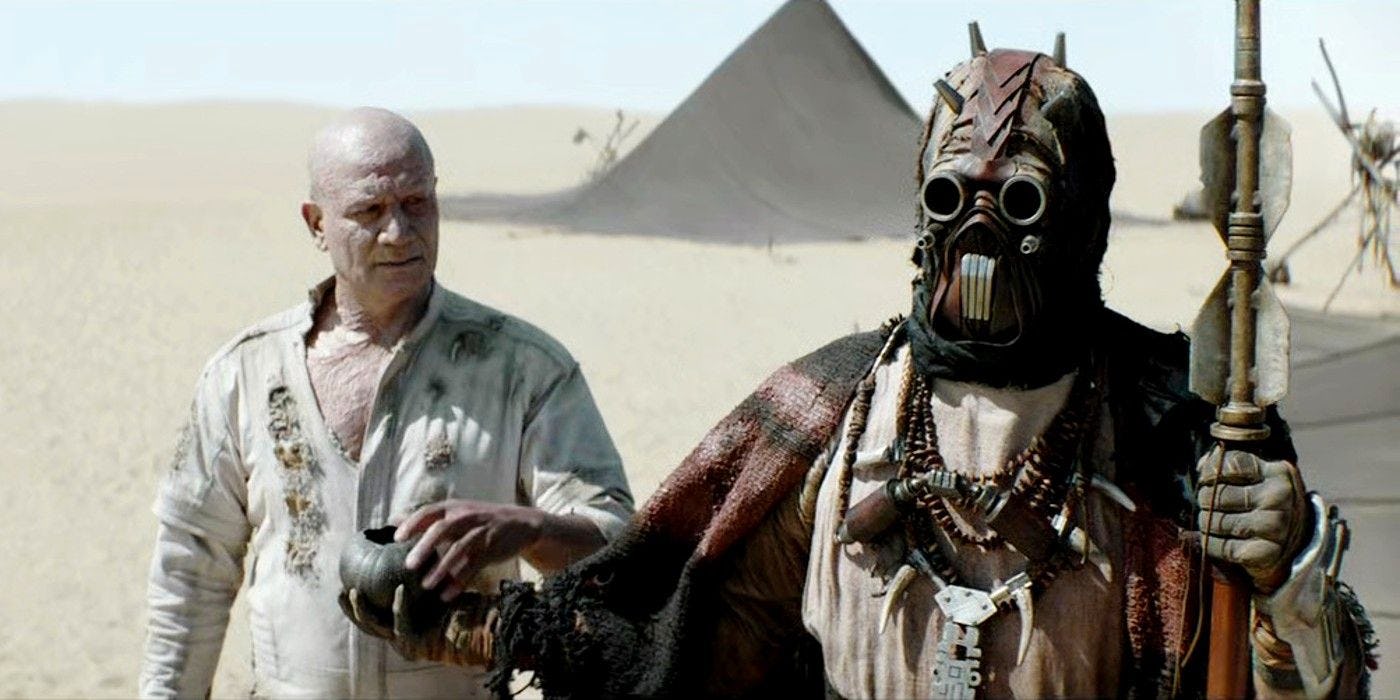
Every Indigenous person interviewed for this story expressed frustration at non-Indigenous fans who call The Book of Boba Fett a “white savior” story. White savior stories are everywhere in American media, from Dances with Wolves to The Last of the Mohicans, and from Avatar to District 9. These stories all otherize a white person to encourage empathy in white viewers.
But why the frustration with situating it in that genre? Boba Fett is, after all, an outsider who gets initiated as a Tusken Raider. Well, first of all, Boba Fett isn’t white: Temuera Morrison, who portrays the character, is of Māori descent and, since he’s not white, he can’t be a white savior.
For Navajo Star Wars fan Aubree O. (who requested anonymity for privacy reasons), by taking the trope and putting an indigenous person at the center of it, Boba Fett turns the whole idea inside out.
“It's playing with that white savior trope, but it's supposed to undermine it by having a Native man in that place,” she tells Inverse. “And therefore it can be changed and is useful.”
Ali Nahdee agrees. “At this point, it’s less savior and more solidarity.”
“Non-Native people get mad on behalf of Natives before they speak.”
Navajo Star Wars fan Mona Lauing points to one scene that reveals just how respectful Boba is of his adopted family and their traditions. When Boba notices how blaster fire from a Pyke train is hitting the village, he doesn’t take it upon himself to solve the problem.
“He goes up to the village elder and says, ‘I will do something. I'm asking permission from you, if you give me a rifle, if you give me a Gaffi stick, I'll do what I know how. I'll do what I can. If you let me, I would like your permission to do it.’”
Non-Indigenous fans were quick to point out supposed flaws in the portrayal… to the point where Native fans found the criticisms counter-productive.
“Non-Native people get mad on behalf of Natives before they speak,” says Aubree O. “I saw a few white people saying that Boba was a white savior and so they thought it was damaging and didn't like it.”
For Aubree, the real white saviors were within the fandom. “It's fine to be critical about anything you look at or consume, but if you’re looking for a problem, especially in regards to race, and make it about you, that becomes another problem.”
In The Book of Boba Fett, the Tuskens also weren’t used as random antagonists for the protagonist or dragon fodder; they were Boba’s saviors and eventually his family.
While this seems like a completely arbitrary plot choice, we learn in Season 2 of The Mandalorian that Boba Fett’s father, Jango, was adopted into Mandalorian culture — just like Mando.
“Jaster Mereel took Jango Fett into the Mandalorians and said ‘You’re one of us,’” Navajo Star Wars fan Mona Lauing tells Inverse. She explains that, in her community, people born into different family groups are still defined as “family.”
“In my tribe, I am Big Water. That is who I am, that is my mother, that's her mother, that's all my brothers and sisters,” Lauing says. “We belong to this clan — and we have four clans, but each one of those clans relates back to your family.”
After escaping the infamous Sarlacc pit, Boba Fett is enslaved by the Tusken Raiders. He quickly earns their respect, and they make him a part of their tribe. Boba is both following in his father’s footsteps and allowing yet another parallel to the Native experience.
Trigger warning
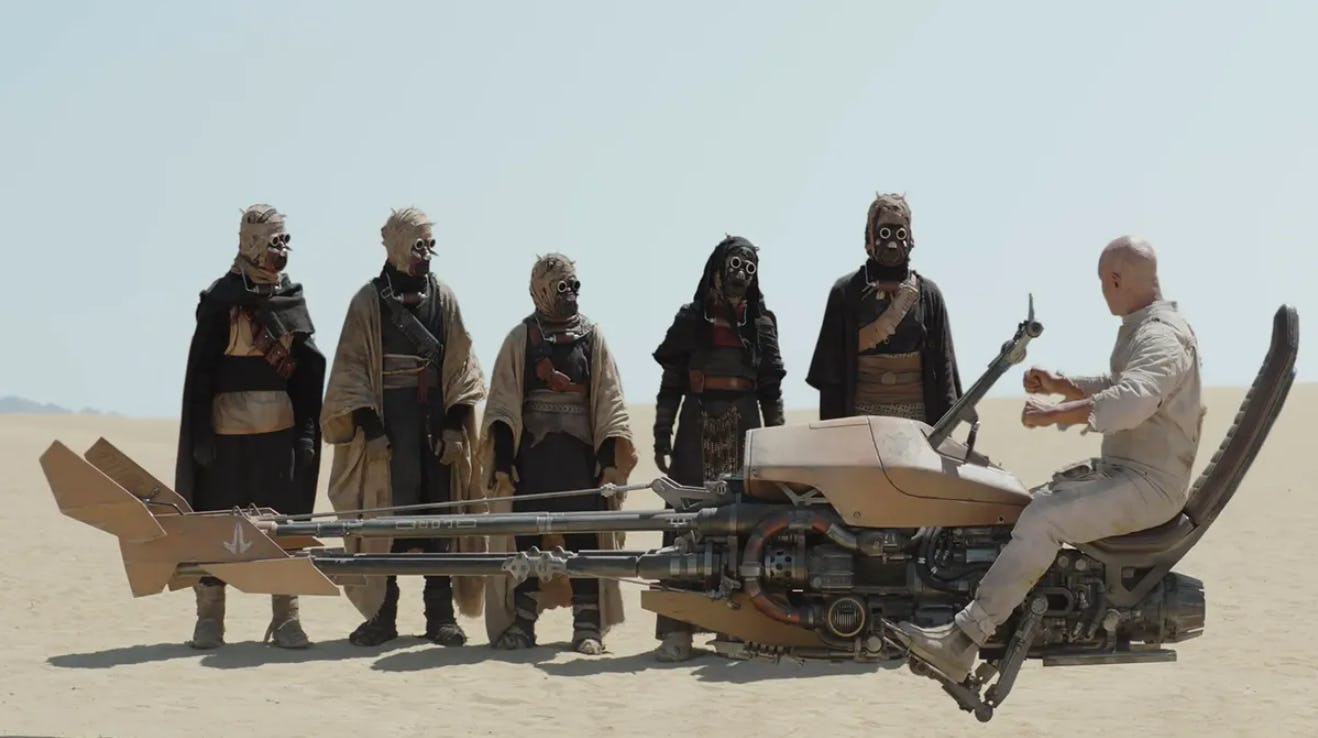
In Episode 3, Boba leaves on a journey to Mos Espa to negotiate with a crime syndicate called the Pykes and, when he returns, his entire adopted family has been slaughtered.
It’s a harsh moment for Boba Fett — and for the Indigenous fans watching — and it led to a dilemma in the fandom. Was the slaughter of Boba’s adopted Tusken family appropriate representation because it shows the true trauma that Indigenous people face at the hands of colonizers, or was it gratuitous bloodshed written only to fuel the protagonist's motivation?
Before many Indigenous fans even watched the episode, they were aware of what would happen as trigger warnings circulated on Twitter, and many fans expressed frustration at the plot choice. However, fans weren’t universal in their reactions to it.
“There was a lot of potential to delve deeper into Tusken culture.”
For Nizhóní Begay, the issue wasn’t the choice to wipe out off the Tusken tribe, but how the show approached it.
“I was very emotional watching him come back and find his entire family slaughtered. I wanted to sit in the sadness for a bit longer,” she says.
Begay is not alone. At the Television Critics Association panel for The Book of Boba Fett, star Temeura Morrison expressed a similar sentiment, saying he wished he could put more ceremony into the ritual burning of the Tusken bodies.
For Navajo fan Mona Lauing, the scene resonated deeply despite being disturbing.
“The only thing I thought of was the Lakota experience and the Sand Creek Massacre, where a group of U.S. soldiers just showed up to a village that had nothing but the elderly, women, and children and they just attacked and burned them,” Lauing says.
But for other fans, murdering the Tusken tribe was an example of “fridging” — a term that originated in comics and refers to the practice of harming a minor character in order to motivate the protagonist.
“It was a mistake to end the Tusken tale so abruptly in the season,” Teiowí:sonte Thomas Deer says. “There was a lot of potential to delve deeper into Tusken culture and have them play a more pivotal role in Boba Fett's respectful, almost benevolent rule over Mos Espa.”
By cutting their screen time, he says, The Book of Boba Fett passed up an opportunity to show more of the Tusken culture and utilized them solely as a plot device once more.
What’s next for Star Wars?
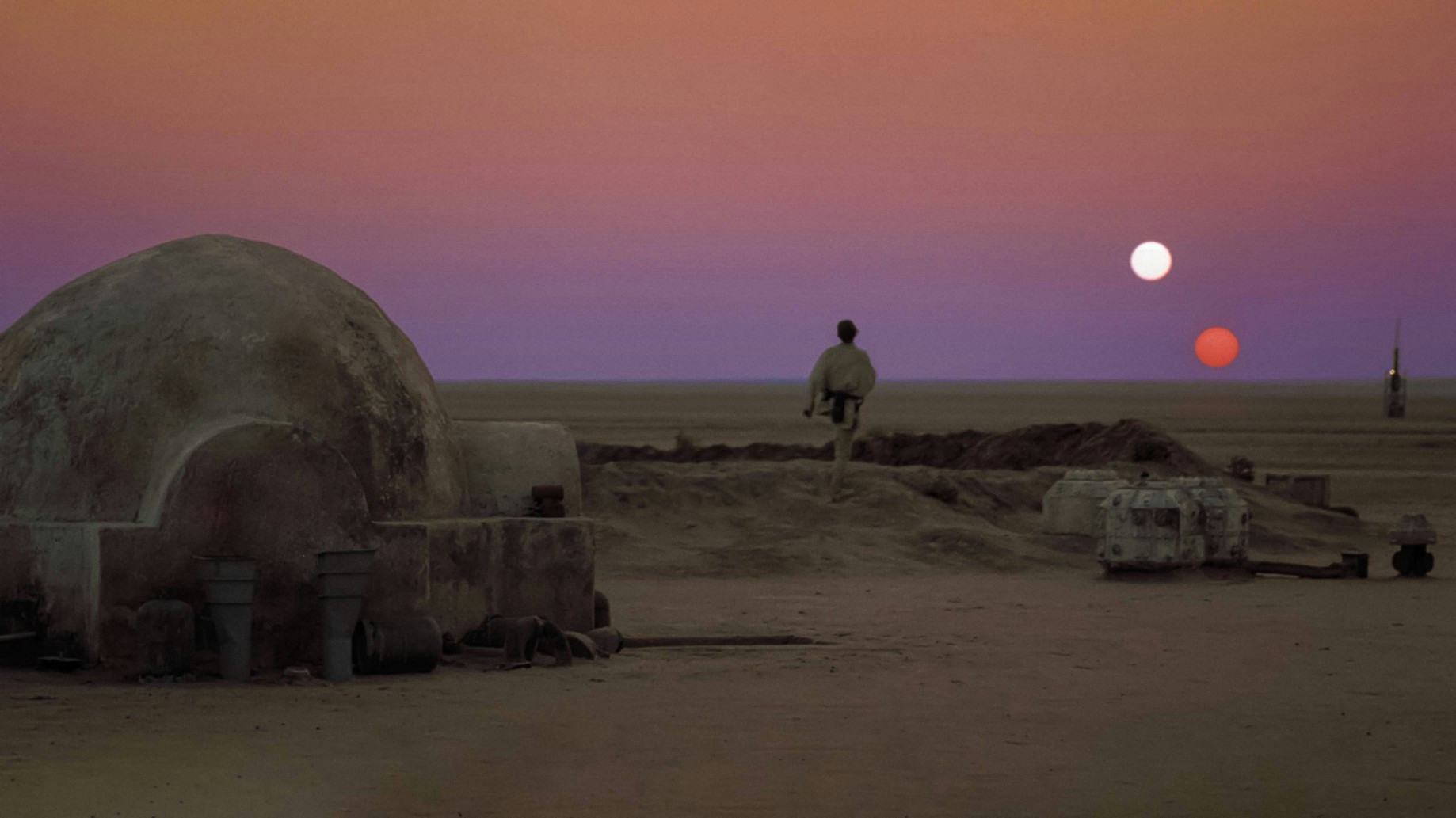
While there are good parts to Boba Fett’s Indigenous representation, such as the Navajo-like elements of the costuming, Native fans believe there’s still more work that can be done. Hiring Indigenous writers would be a huge first step, they say: If the minds behind Star Wars want to include an Indigenous story, they should bring Indigenous talent into the writer’s room.
They note that the franchise isn’t entirely devoid of writing creatives from Indigenous communities: Taika Waititi, the voice of IG-11 and director of The Mandalorian Season 1 finale, is also of Māori descent.
But even if there isn’t an Indigenous person on staff, research can be done to make sure any racially coded scenes are portrayed in an accurate and respectful manner, rather than as throwaway plot points.
And, for creators and fans alike, the best way to acknowledge the Indigenous parallels with the Tuskens is for people to listen to Indigenous people. Indigenous experiences vary deeply from tribe to tribe and person to person, so flattening them into one experience is its own kind of stereotyping. The only way to accurately receive all the feedback is to listen to those people, not speak for them.
For a lot of Indigenous fans, just the fact these conversations are happening at all marks an unprecedented shift. The Book of Boba Fett included an Indigenous star and an Indigenous storyline — something unheard of in the early years of Star Wars. The best way to celebrate this is to appreciate and listen to the voices of those who are finally seeing not only people who look like them, but who live like them in a galaxy far, far away.
As Aubree says, “Because of the context, it’s more emotional than just the identity connection.”







